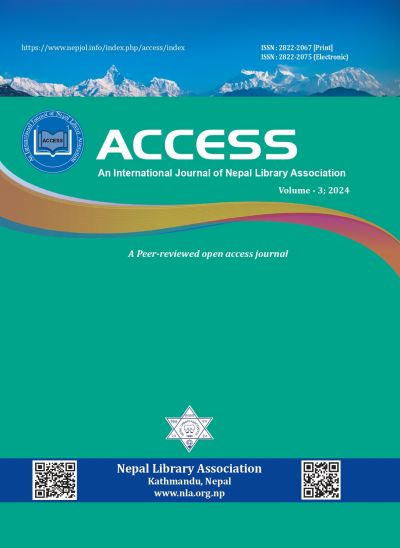Doing a Literature Review in English Language Teaching Research: Practical Suggestions
DOI:
https://doi.org/10.3126/access.v3i1.69429Keywords:
Research niche, Research process, Literature review, English language teaching;, Conceptual frameworkAbstract
A literature review serves as a foundation in the research process by identifying, summarizing, and synthesizing existing knowledge relevant to a specific research question. The primary aim of conducting a literature review is to identify and assess the existing body of knowledge relevant to a researcher’s specific issue, thereby avoiding the replication of prior studies and situating the research within a coherent framework. This review process involves the systematic identification, location, and evaluation of documents, encompassing both quantitative and qualitative studies, as well as materials from books, government records, and conference papers. A comprehensive literature review not only highlights what has been done but also identifies gaps, guiding the formulation of research questions and hypotheses. This critical assessment serves to contextualize new research within the broader academic discourse, thereby justifying the relevance and methodology of the study. A well-conducted literature review fosters a deeper understanding of the field, promotes methodological rigor, and ensures that new research builds upon a solid foundation of existing knowledge, thereby advancing the field of English Language Teaching (ELT) and applied linguistics. This article explores the integral role of literature reviews in research, particularly in the field of English Language Teaching (ELT), highlighting their importance in avoiding redundancy, situating new research within a coherent framework, and guiding methodological choices.
Downloads
Downloads
Published
How to Cite
Issue
Section
License

This work is licensed under a Creative Commons Attribution-NonCommercial 4.0 International License.




